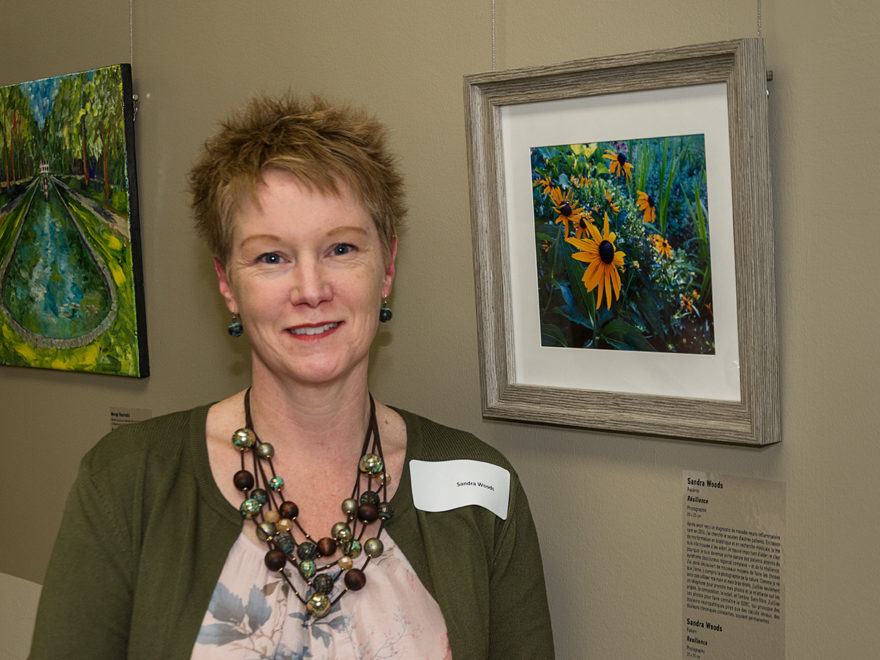Today is the start of international Pain Awareness Month, which will always have something of a local connection for me as a proud Montréaler and Canadian. Why? Because the international Declaration of Montréal (1) was signed right here in my hometown.
This September marks the tenth anniversary of the Declaration of Montréal, which was a watershed moment as much for the history of bioethics as for pain management and research. On September 3, 2010, members of the International Association for the Study of Pain (IASP) from over sixty countries signed this Declaration in a concerted effort to improve the lives of people living with pain.
Their joint perspective, across nationalities, was that “access to pain management is a fundamental human right”(1). This change, to a rights-based approach, pushed the Declaration squarely into the realm of bioethics; my passion, my career… until my relatively recent medical leave, that is, but that’s another story.
This rights-based approach to pain management has had significant impacts on people living with chronic pain; both positive and negative. Over the course of this month, I’d like to look back over what has changed during these past ten years – and what hasn’t.
What has improved for chronic pain patients, and what has become worse. Whether I’ll be able to do this or not will depend to a great extent on my ‘mild cognitive impairment’, the reason for my medical leave; on bad days I have trouble reading, let alone writing, anything.
Today I want to highlight one positive change, in attitudes within the realms of medicine and healthcare. Regular readers of the blog may recall my affiliation – as a pain patient – with the Canadian Pain Society (CPS), so I’d like to point out that the CPS is Canada’s national chapter of the IASP:
The mission of the CPS is to bring together scientists, educators, health care professionals, and patients to foster education and research on pain mechanisms and management, and to improve access to high-quality care with the goal of preventing and treating pain more effectively.”(2)
Canadian Pain Society, website, 2020
The CPS has been a leader in the involvement of patients in research, in scientific meetings, and in discussions and presentations about chronic pain. As an example, I was a “Patient Partner” at the CPS’s 2018 Annual Scientific Meeting, held here in Montréal (another local connection!), and a member of the official “Twitter Team” for this conference.
The CPS also published details of two of my awareness-raising activities, on its website and in its member eNewsletter, for Canada’s 2018 National Pain Awareness Week. You can read about these in my post “Thank you, CPS!”, including my favourite experiences as a pain-patient advocate; using art as an awareness tool.
The first was about my own seven-day social media campaign for this pain awareness week, based on series of original images I’d created with integrated texts. I wanted to provide a different perspective of Complex Regional Pain Syndrome (CRPS), formerly Reflex Sympathetic Dystrophy (RSD); my own rare disease.
Each social media image used one of my own photographs, taken with a smartphone and using only one hand because of my CRPS. The focus, though, was never on me!
My other awareness activity, included in 2018 CPS publications, was a much longer-lasting event. I’d submitted one of my smartphone photos to a juried art competition at the multi-hospital McGill University Health Centre (MUHC), which included works by medical students, healthcare professionals, hospital centre employees, patients, caregivers, and a few professional artists.
I’d been stunned when my photo was selected to be displayed in the main corridor of the Montreal General Hospital (at which I’m a pain patient), from October 2018 to May 2019, as part of this public art exposition. What did I do with the 100 words I was permitted, to describe my photo? I created an awareness-raising message, of course!:
Diagnosed with a rare neuro-inflammatory disease in 2016, I sought out other patients for support. Because my background’s in medical research and bioethics, I was soon helping them!
Sandra Woods, wall text for exhibited work, Journeys Through Health art exposition
Helping’s important to me, so I’ve become a patient advocate for Complex Regional Pain Syndrome and resilience.
Like finding new ways to do things I love, including nature photography.
I can’t use my right hand/arm, so take photographs with only a phone; relying on angle, composition, sun, shadow.
No filters.
I use these photographs to raise awareness of CRPS, which causes neuropathic pain worse than kidney stones.
Constant, often permanent, chronic pain.”
This kind of involvement, of patients, in national organizations of healthcare professionals is relatively recent development. I’m proud to be a “pain advocate”, proud of my association with the Canadian Pain Society:
a society of scientists, health professionals, educators and pain advocates who have a vested interest in pain research and management.
Canadian Pain Society, website, 2020
As a chapter of the IASP, we support the treatment of pain as a basic human right and are currently advocating for a Canadian National Pain Strategy.”(2)
As always, thanks so much for stopping by. Stay well, and stay tuned for more posts during this international Pain Awareness Month.
Photo credit:
Digital photograph of the author by Robert Derval, for the “Journeys Through Health” art exhibition, used with the Exhibition Curator’s permission. Montreal General Hospital, McGill University Health Centre (MUHC). 18 October 2018.
References:
(1) International Association for the Study of Pain (IASP). Declaration of Montréal: Declaration that Access to Pain Management Is a Fundamental Human Right. Website; IASP Advocacy. Online, undated:
https://www.iasp-pain.org/DeclarationofMontreal?navItemNumber=582
(2) Canadian Pain Society (CPS). Who we are. Website. Online, 2020:
https://www.canadianpainsociety.ca/

